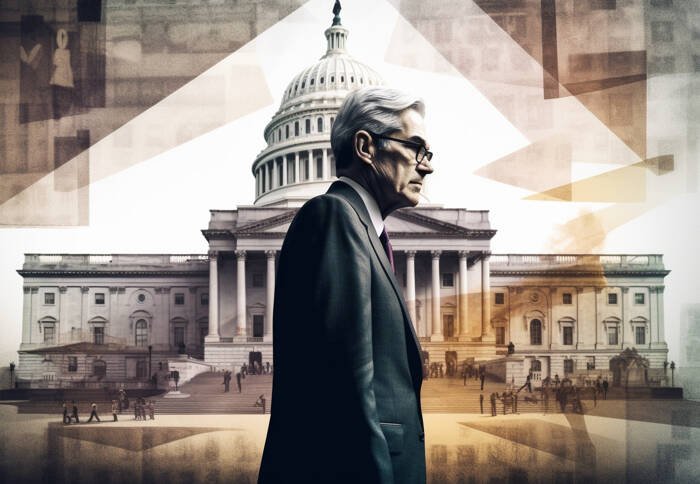How Is the Fed Responding?
Powell and key Fed officials have pushed back. Speaking in Chicago, Powell emphasized the need for “greater clarity” before adjusting rates, highlighting risks tied to Trump’s own tariff proposals, which could fuel inflation. New York Fed President John Williams reinforced the message, stating there’s currently no reason to change policy. The Fed’s resistance suggests it won’t shift course in response to political rhetoric, a move that may reassure some but frustrate those expecting policy easing.
Could the Fed’s Independence Be at Risk?
Legal uncertainty over the president’s power to remove the Fed chair is adding complexity. Trump has reportedly explored firing Powell and considered replacing him with former Fed governor Kevin Warsh. However, Warsh has reportedly advised against it, and Treasury Secretary Scott Bessent has cautioned the White House about the financial risks. Markets have already responded: odds of Powell stepping down this year have doubled on prediction platforms like Kalshi.
What Happens if Powell Is Forced Out?
Analysts warn that a forced removal could trigger volatility across Treasury and currency markets. Schwab strategist Kathy Jones and Senator Elizabeth Warren both highlighted the risk of a market selloff if the Fed’s independence is compromised. The IMF has also voiced concern, warning that credibility in monetary policy depends on shielding central banks from political interference.
Market Forecast: Bearish Bias with Political Risk Premium
Traders should prepare for heightened volatility as Fed independence becomes a political flashpoint. While monetary policy remains steady for now, legal and political threats to Powell’s tenure could introduce a risk premium into Treasurys and the U.S. dollar. Without resolution, markets may begin pricing in governance instability alongside economic fundamentals.
More Information in our Economic Calendar.

